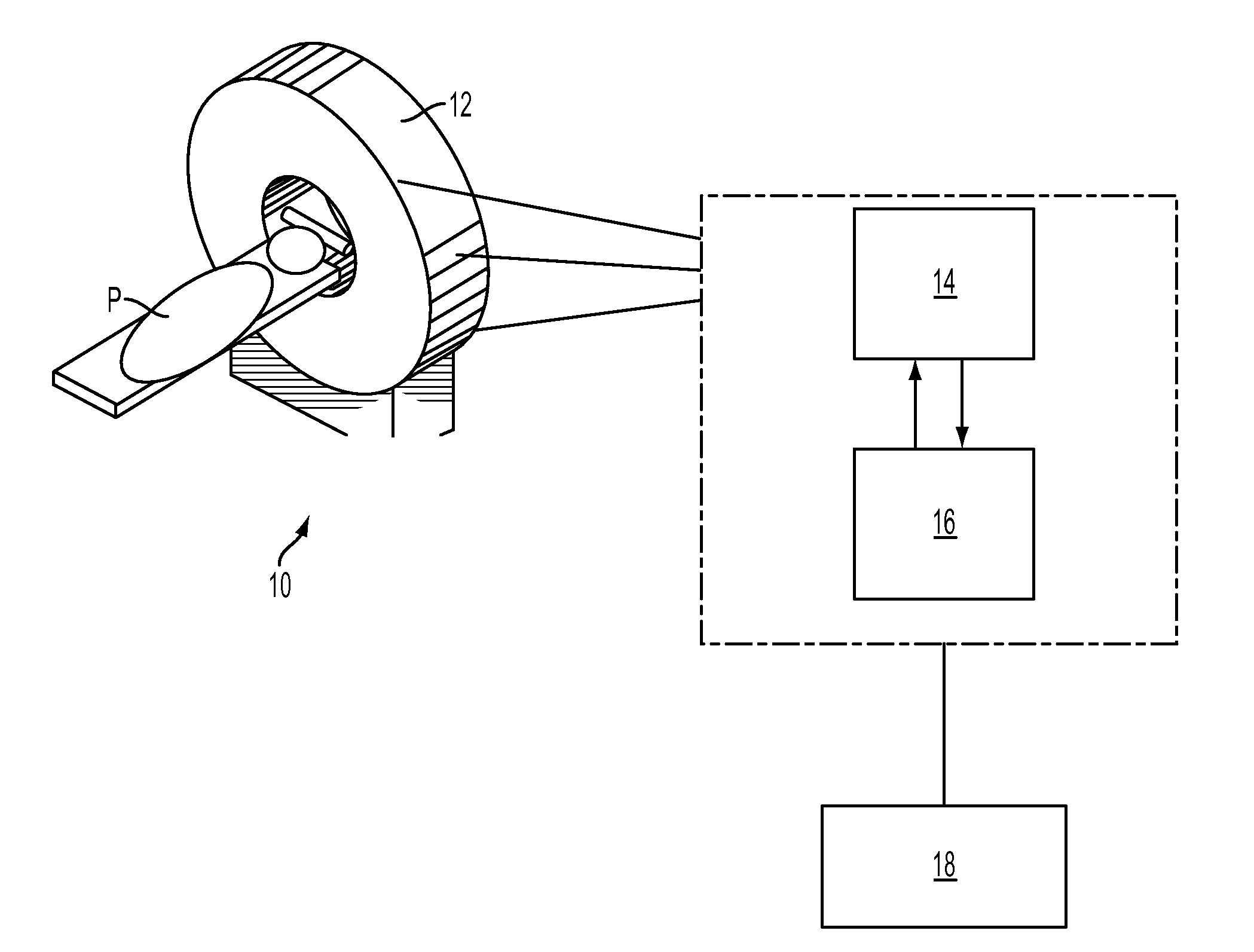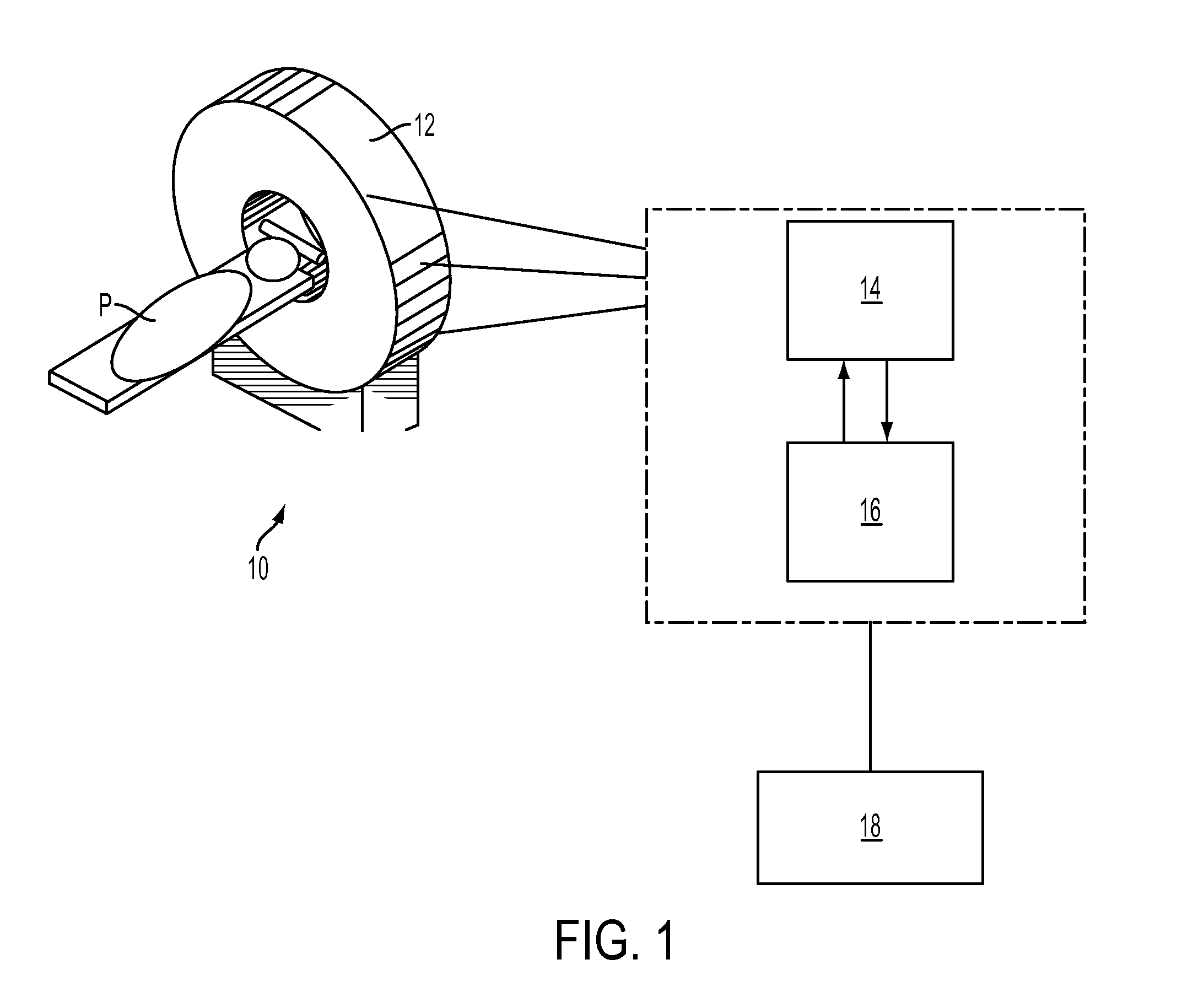Depth-of-Interaction in an Imaging Device
a technology of depth-of-interaction and imaging device, which is applied in the field of imaging system, can solve the problems of introducing degradations in other pet system performance criteria, such as sensitivity, energy resolution and, often, timing
- Summary
- Abstract
- Description
- Claims
- Application Information
AI Technical Summary
Benefits of technology
Problems solved by technology
Method used
Image
Examples
Embodiment Construction
[0029]FIG. 3 is an illustration of a scintillator 60 for a PET system to show the operation of a method carried out according to an embodiment of the present invention. The scintillator 60 may be formed from any appropriate scintillation crystal, such as LSO, LYSO, BGO, etc. The scintillator 60 has a length L, a width W, an index of refraction n (not shown), and three representative depths of interaction (DOIs): U1 near the top, U2 at the center and U3 at the bottom, or exit, of the scintillator 60. Typical values for an LSO-based scintillator 60 of some of these parameters may be L=20 mm, W=4 mm, n=1.82. The speed of light c in a vacuum is 0.30 mm / ps, so the ratio of the index of refraction to the speed of light (n / c) is 6.07 ps / mm.
[0030]The shortest distance between an actual DOI and the top of the scintillator 60 from which the light must reflect to be detected is represented by a double-headed arrow LR. The shortest distance between the actual DOI and the exit to the photosensor...
PUM
 Login to View More
Login to View More Abstract
Description
Claims
Application Information
 Login to View More
Login to View More - R&D
- Intellectual Property
- Life Sciences
- Materials
- Tech Scout
- Unparalleled Data Quality
- Higher Quality Content
- 60% Fewer Hallucinations
Browse by: Latest US Patents, China's latest patents, Technical Efficacy Thesaurus, Application Domain, Technology Topic, Popular Technical Reports.
© 2025 PatSnap. All rights reserved.Legal|Privacy policy|Modern Slavery Act Transparency Statement|Sitemap|About US| Contact US: help@patsnap.com



